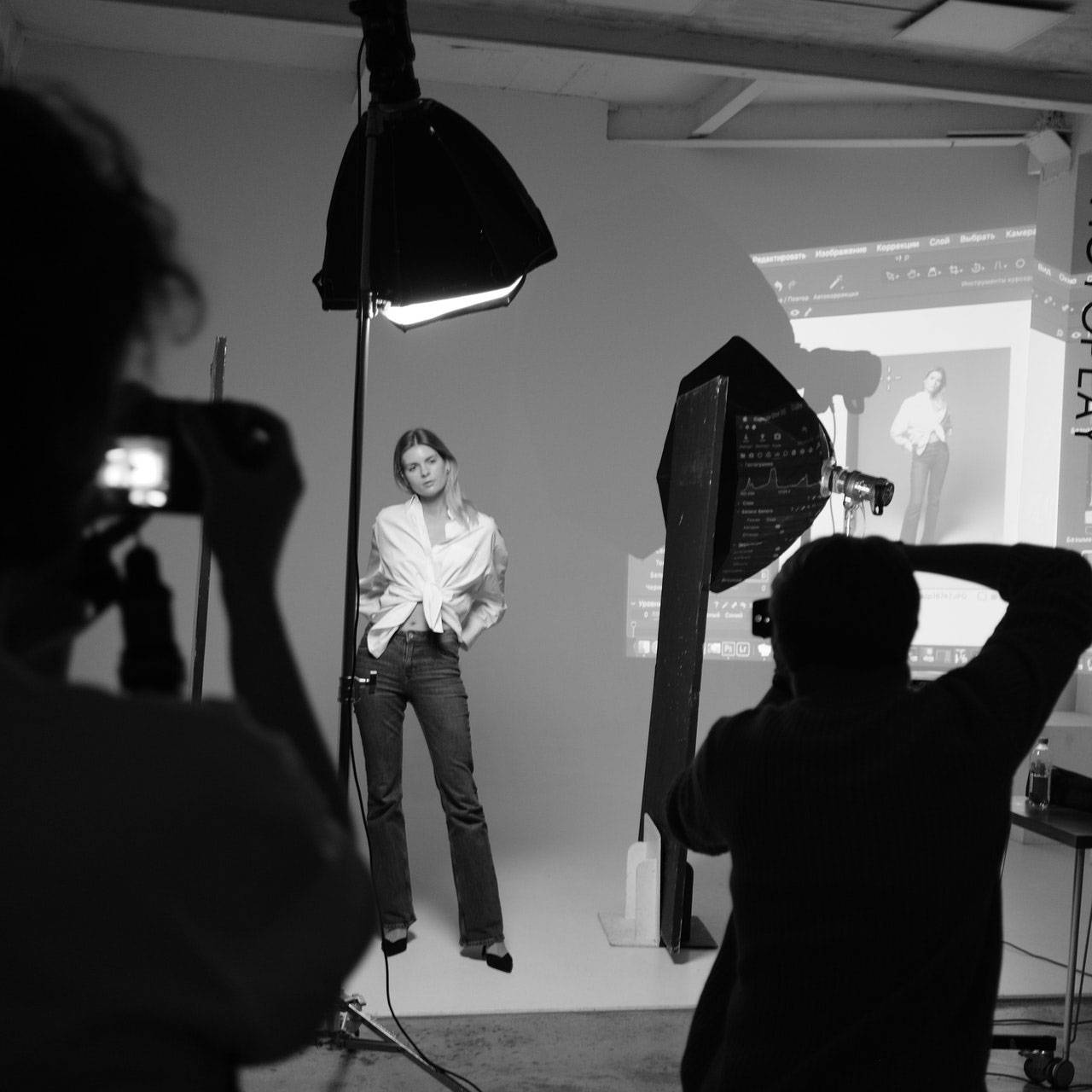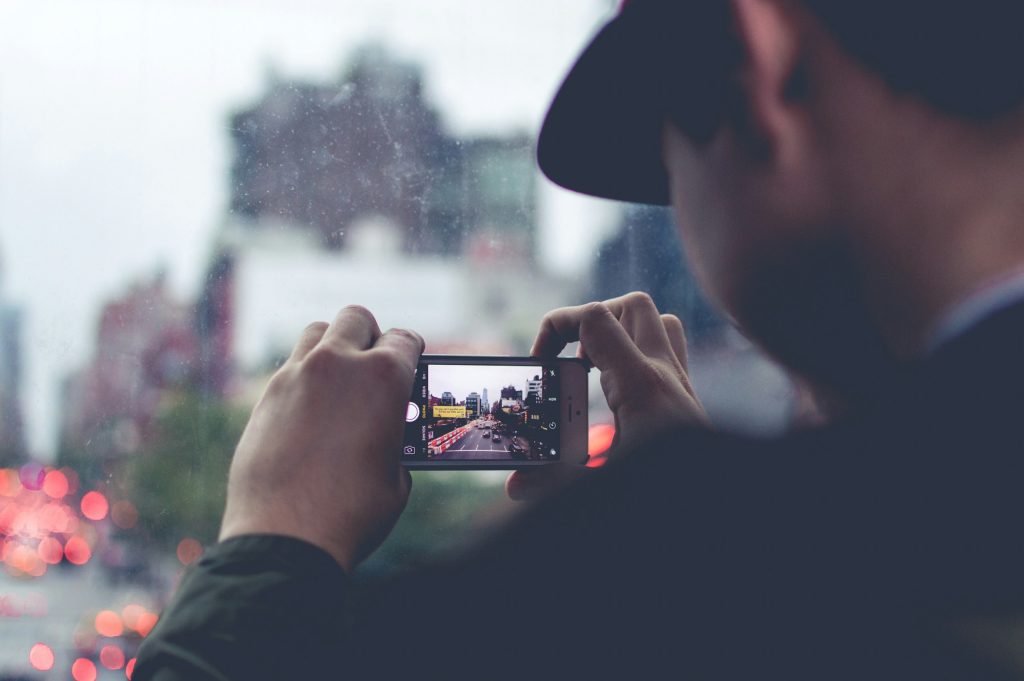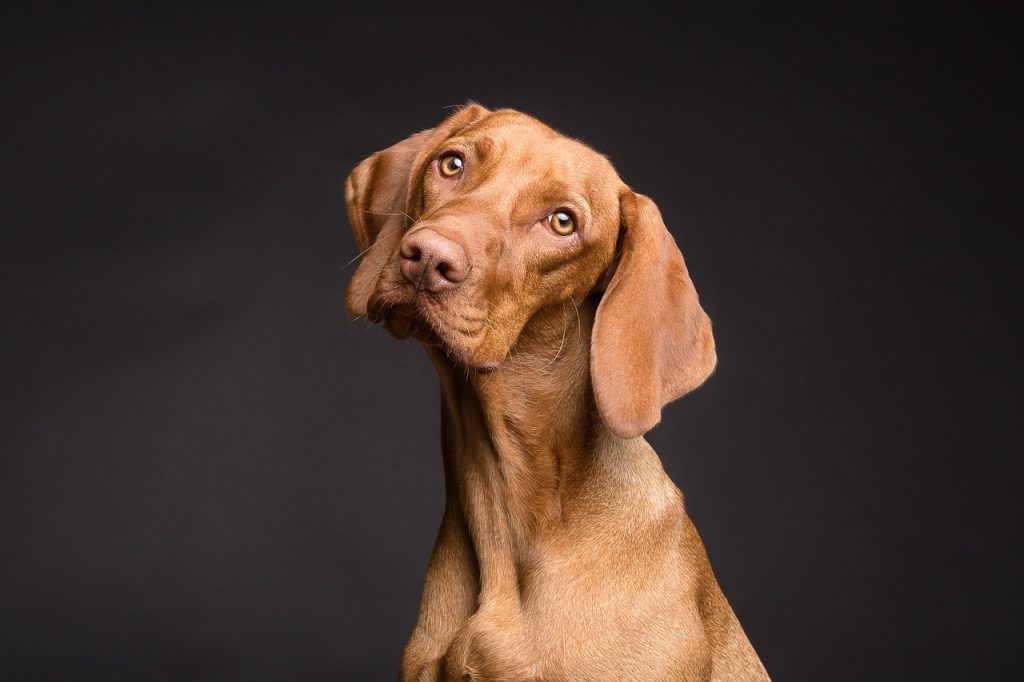A model portfolio can either make or break a career in the modelling industry – one of the toughest and most cut throat industries to work in. Whether a model is just starting out in the modelling industry or is wanting to upgrade and update their photos, having a clean and professional portfolio can set that person apart from the competition and attract the attention of a model agency, photographer or publication.
If it’s a model just starting out, they don’t need a large amount of photos to show but they do need to showcase quality images to build on in a portfolio initially. A portfolio should sell a person as a model. They’re not selling an outfit or product, they are selling their ability and career as a model. First impressions matter immensely when applying for modelling agencies or for a job so it’s important to have a portfolio to share. They won’t expect the model to have tear sheets (magazine pages) from the get go but will want to see how well a person responds to the camera, how they are able to pose and take direction, and the breadth of their abilities.
Here is our list of the essential photos every model should have for their model portfolio and the nice to have shots to complement the portfolio shots.
Essentials
If the model only has 5 really good photos they want to use, keep it simple – less is more sometimes. Don’t include 30 average photos just to increase the number of photos, or pad out a portfolio. The model portfolio should be purposeful and only include the best works of the aspiring model, or in the case of an already established professional model – the works that showcase the model’s talent and capabilities in the best light.

Headshot
This should be the very first image you have in your portfolio. This is typically a shot from the shoulders up and is there to show the model in their most natural state. Makeup, hair and jewellery should be kept to a minimum with these types of shots to concentrate on the model’s natural look and feel. These types of headshots can be classified into two different categories: beauty headshots or clean headshots.
Beauty headshots are mainly used for fashion/editorial models and these types of models generally do not smile in a beauty shot. Clean headshots are used for commercial purposes and can either be shot in black and white or colour. A polaroid shot can also be used as another type of headshot. This will show clients or modelling agencies what the model looks like beneath all the makeup and in a more natural way. Makeup, while used as a great tool to enhance features, can also completely distort a model’s true appearance – Polaroid’s are a great way of taking the guess work out of hiring a makeup artist and hair stylist, and showing a more honest, true to life image.
Full-length body shot
The model’s second image in the portfolio should be a full-length body shot. The clothes worn in this should be form-fitting to showcase the proportions and body type of the model to the client, agency, photographer etc. Skinny jeans and a t-shirt or singlet are great options as they’re form fitting, yet casual, and almost everyone has these items of clothing in their closet. Steer clear of having the model wear anything with multiple layers, long dresses or skirts – this will distract and cover up areas the client or agent is trying to see. The model’s figure should be the main focus on display from head to toe, and the goal is to represent this as honestly as possible.
Commercial shot
When modelling a commercial shot, the purpose is to convey emotion for advertising. Think of the model’s job – it is to act in print or digital. Ask the photographer to capture a range of emotions such as laughter, excitement, sadness, etc. Selling emotion along with the product is key, and showcasing a breadth of emotions is the aim here. Having commercial shots will open doors into the advertising world of modelling – with more and more products being released at a rapid cadence, the popularity of this type of modelling also means a great way to have ongoing work for an aspiring or established model.

Fashion editorial shot
Editorial shots can be as edgy or dramatic as desired. This is where the model can showcase their most creative modelling and add in tear sheets to the modelling portfolio if they have them. These photos generally involve a very heavily curated outfit, hair, makeup, nails and magazine-like poses. A good editorial shoot should be sophisticated and almost like an upmarket street photography look. This is where the model can convey their personality and style. Photographers are necessary for the types of shoots we listed earlier on in this list, but photographers for editorial photos are imperative. Quality matters so splurge a bit on a decent fashion photographer, look at their previous work, tap into their creative ideas. The goal with a Fashion Editorial Shot is to ‘wow’ – you want viewers to envision you showing off their product, or representing their agency.
Swimsuit shot
If you are over the age of 16 years old and are comfortable sharing a swimsuit shot of yourself, this is a great way to give your client or modelling agency an idea of your body shape and physique – even more than the Full-Length Body Shot that we detailed earlier on in this list. This shot shouldn’t be overtly sexual, again the modelling agency, photographer, or client, is looking to get a better idea of your physique and any tattoos or piercings for example, that might not match the look or brand they are going for. Top agencies won’t expect to see you on the hood of a car or straddling a motorcycle in this shot – they’re just after a true representation of yourself before they decide to meet with you and invest time into you.
What not to do
- Don’t include images of yourself in the same outfit, location or pose throughout every example shot. You need to showcase variety across the board, and this is your opportunity to do so early on.
- Don’t include personal snapshots. These would include shots that are most likely not handled by a photographer or are not posed enough. A Polaroid is okay for the Headshot, but we wouldn’t suggest using a Polaroid for other shots.
- No selfies. It indicates lack of experience and seriousness – no matter how good you think it looks.
- Only images from the one professional photographer for each concept and type of shot. Each photographer has a distinct style that they have adopted and it shows when photos from the same photographer are included in a professional portfolio.
Your modelling portfolio is a work in progress at all times. As you get more experience and further into your career, you can update images where you see fit. Models who update their portfolio on a regular basis, generally stay booked on a regular basis. Up to date portfolios are important, so if you drastically change your look, you’ll want to remember to update your portfolio. Ultimately, the portfolio is a key part of getting more work as a model and should be seen as an advertisement of yourself and your abilities.



